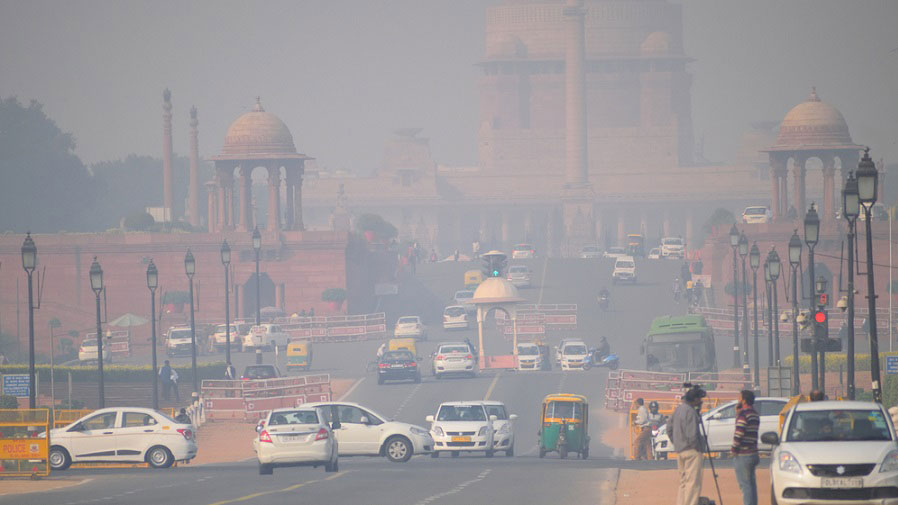Twelve of the 15 most polluted cities in the Central and South Asia in 2022 were in India with Bhiwadi being the most polluted city in the country, according to a new report.
According to the report by Swiss firm IQAir released on Tuesday, India's annual average PM2.5 level in 2022 was 53.3 μg/m3, slightly lower than the 2021 average of 58.1.
Last year, 12 of the 15 most polluted cities in the Central and South Asia were in India with Bhiwadi being the most polluted city in the country at an annual PM2.5 levels of 92.7 μg/m3.
The report also stated that roughly 60 per cent of cities in India included in this report experienced annual PM2.5 levels of at least seven times higher than the WHO guideline.
The transportation sector's contribution to PM2.5 varies from 20 to 35 per cent across Indian cities.
The report noted that stubble (crop residue) burning is also an important challenge in the region but is an episodic phenomenon confined to a few areas, including Delhi.
In 2022, India relaxed environmental compliance rules for coal mines which allowed for increased production in response to power outages exacerbated by extreme heatwaves.
In November, steam coal/thermal coal imports hit a 10-month low and total coal production increased 11.7 per cent to 75.9 million tons.
The report said air quality monitoring has increased over the past years in India, but the country still lacks the ability to track the progress of reduction strategies through an effective and reliable emissions inventory.
A comprehensive national emission database is critical in determining sectoral emission reductions needed to meet the targeted 40 per cent reduction in particulate concentrations by 2026 outlined in the National Clean Air Programme (NCAP), the report said.
The ability to attribute emissions to their respective sources is necessary to monitor the progress of emissions-lowering initiatives, it said.
Except for the headline, this story has not been edited by The Telegraph Online staff and has been published from a syndicated feed.











